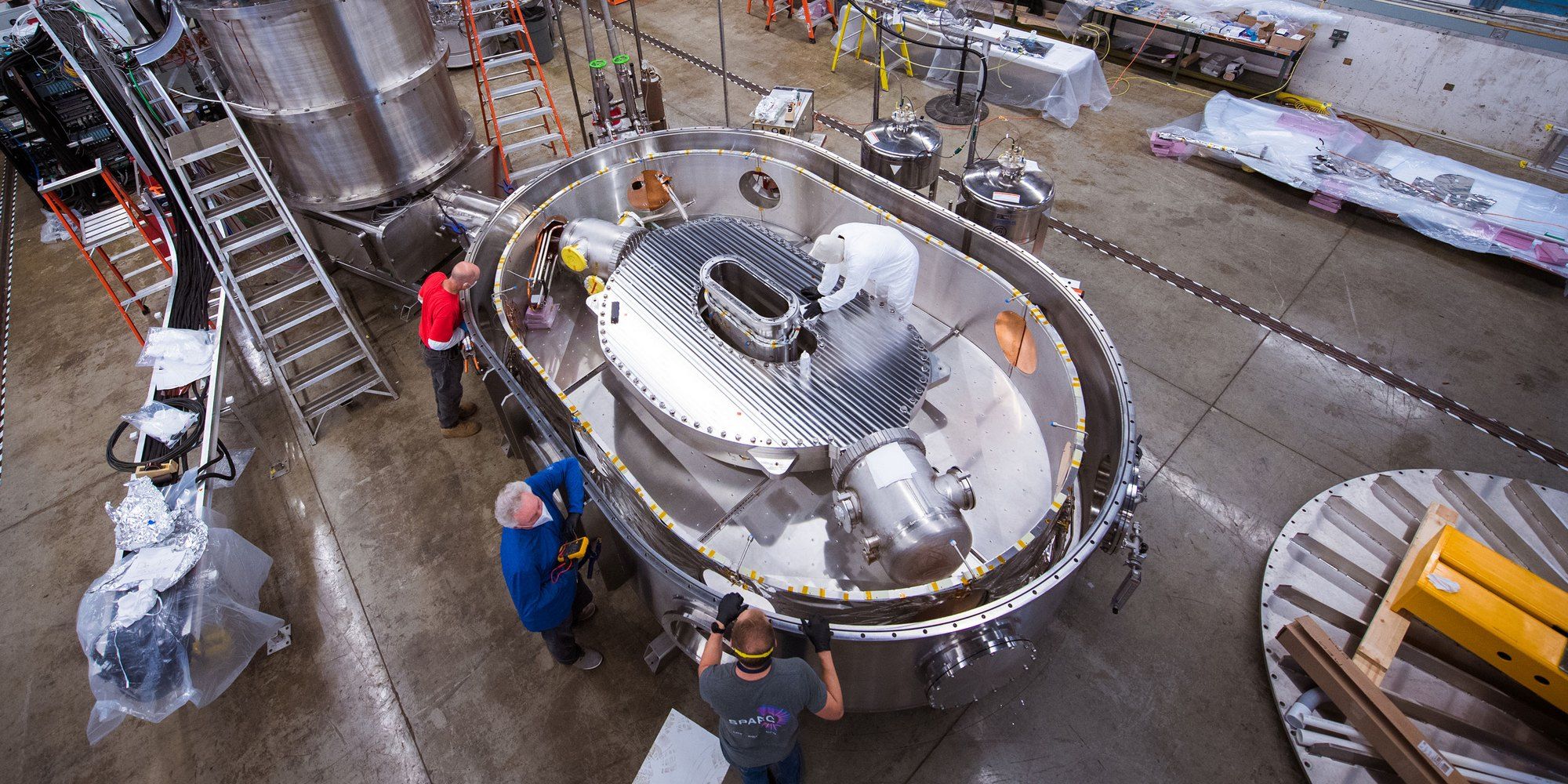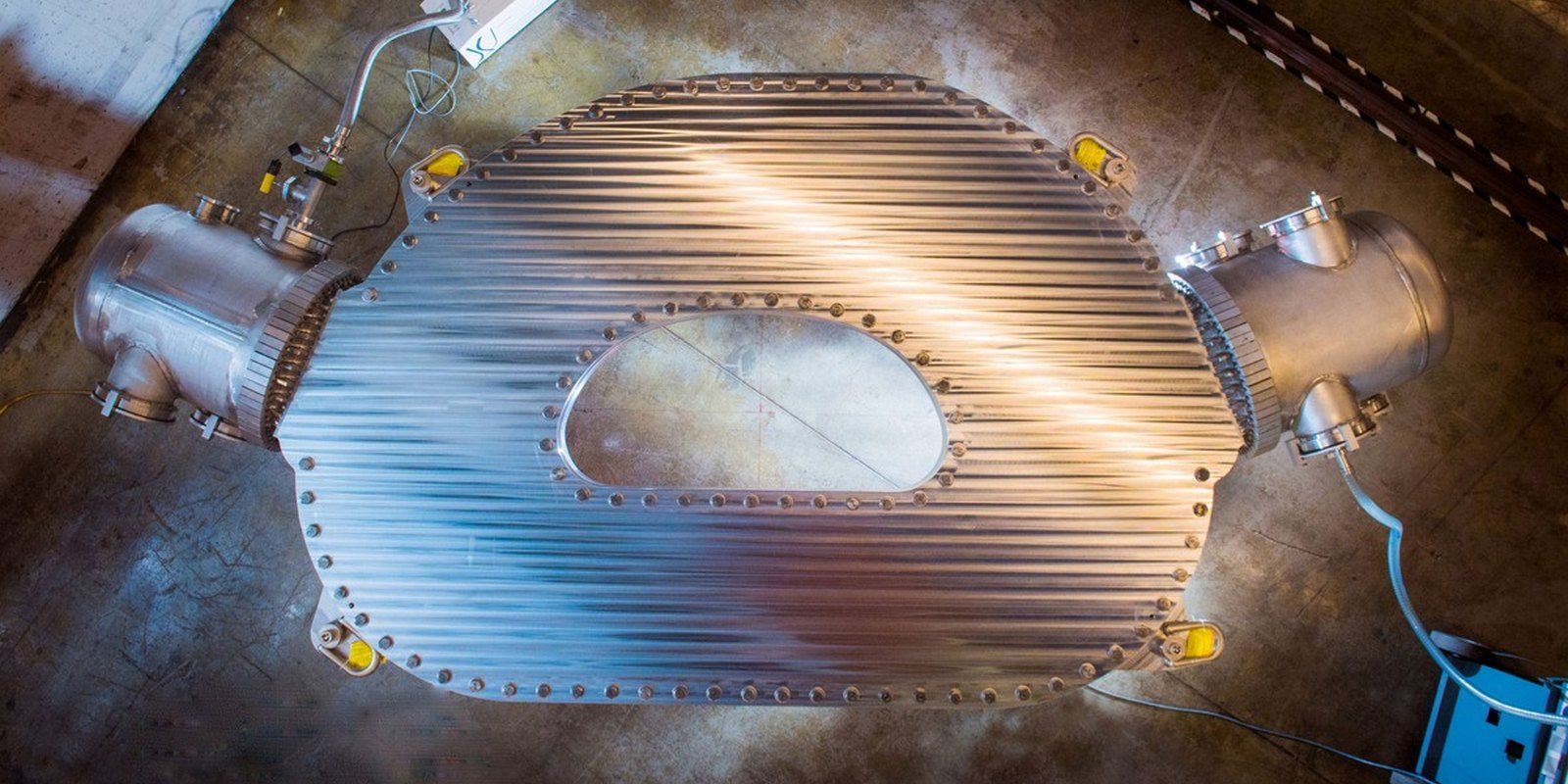In what is being seen as a huge science breakthrough, scientists have successfully tested the world’s strongest high temperature superconducting (HTS) magnet that solves one of the biggest technical hurdles towards producing energy from nuclear fusion. Nuclear fusion fundamentally means fusing two atoms together, a process that creates an enormous amount of energy. The best example of a natural fusion reactor is the Sun, which fuses Hydrogen atoms to create Helium at its core and releases a massive amount of heat and light energy. However, replicating the process on Earth has mainly been a dream so far, due to a ton of technical limitations.
One of the biggest problems is heating the small atoms in a plasma state which can reach a temperature of up to 150 million degrees Celsius, even higher than that of giant stars. This process of heating requires an enormous amount of energy, but it has been achieved in laboratory conditions. What is truly challenging is keeping this superhot plasma confined and preventing it from making contact with solid material in the reaction apparatus. One of the most promising methods to achieve that is using powerful magnets to contain the plasma fuel, while electric current is used to spike the temperature and generate heat that is harnessed to produce electricity. So far, creating such powerful magnets, that don’t take a lot of space, hasn’t been possible.
That appears to now be changing thanks to the development of a high temperature superconducting (HTS) magnet by a team of scientists at the Massachusetts Institute of Technology and working in collaboration with Commonwealth Fusion Systems. Touted to be record breaking in terms of the magnetic field strength, the HTS will be used in a donut-shaped device called Tokamak that will likely be at the heart of nuclear fusion reactors in the foreseeable future. Another key advantage of the new HTS magnet is that it is comparatively smaller than its low-temperature superconductor counterpart. Thanks to the size advantage, it can be fitted in a much smaller device, at a lower cost, and also speeds up the development pace.
With Key Issue Solved, What’s Next For Fusion On Earth?
Scientists claim that the HTS magnet is a milestone that will unlock the path to clean and limitless energy for the world. The new technology will now be used in the SPARC, a compact, high-field, net fusion energy device that is currently under development and aims to achieve the coveted goal of fusion gain — producing more energy than is required for the fusion reaction to begin. The SPARC project is theorized to generate 50-100 MW of fusion power and is projected to become operational in 2025. The end goal is to demonstrate the viability of the technology used in SPARC and use it to create an affordable, robust, and compact fusion reactor.
Compared to the fission technology that is currently used in nuclear power plants, nuclear fusion is cleaner, more sustainable, and offers a virtually limitless source of energy. Unlike the extremely hazardous radioactive fuel used for fission, nuclear fusion uses seawater as the source of its fuel and does not produce any toxic waste either. The fuel is cheap and nearly inexhaustible, the carbon emission is next to nil, there are no risks of devastating scenarios like a reactor meltdown, and the energy output is much higher. In fact, nuclear fusion science is being seen as the future for not only the Earth, but also for the possibility of colonizing the moon and other planets.
Source: Commonwealth Fusion Systems


